Winslow Homer (1836-1910) was twenty-six before he seriously took up painting and nearly forty before he depended on it for a living. How did he pay the rent before this? His early career was as an illustrator, designing more than 160 illustrations for books and literary journals.
Homer apprenticed with the Boston lithographer, John Henry Bufford, until his twenty-first birthday. For the next two years, working independently, he designed at least forty-two small drawings for thirteen different books, all juveniles. One of these was the Eventful History of Three Little Mice. Homer created seventeen illustrations for the book, which was released in April 1858, priced at 12 ½ cents as printed or double that if the illustrations were hand-colored.This project was something of a rip-off of the Remarkable History of Five Little Pigs, engraved by the Dalziel Brothers.
Homer’s frontispiece shows the climax of the story, the cutting of the mice’s tails—talk about giving away the ending. He did not draw the cover, which may explain the difference in the title.
This is how the production was often handled: For each drawing, a blank wood block was sent to Homer’s studio. The block usually consisted of a number of closely fitted pieces of boxwood bolted together. Homer drew directly on the block’s whitened surface and returned it to the publisher (later he was allowed to submit a drawing on paper). The master wood engraver cut the lines that ran across the joints. Then, the blocks were separated and assistants would engrave the different parts of the design. The blocks were then reassembled and electrotyped, to create a metal plate for printing.
If you are interested in Homer’s career as a book illustrator, take a look at: David Tatham, Winslow Homer and the Illustrated Book (Syracuse, N.Y.: Syracuse University Press, 1992) Graphic Arts NC975.5.H65 T38 1992
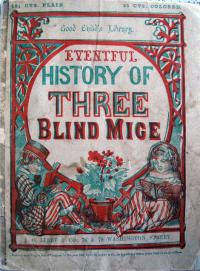
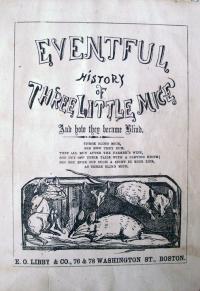
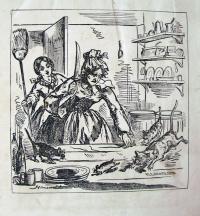
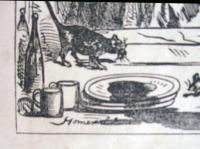
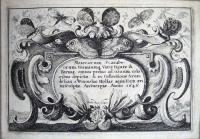
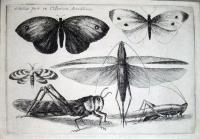
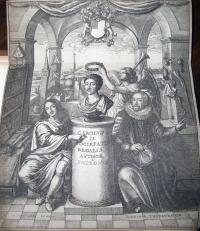
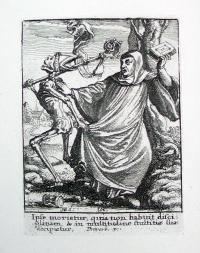
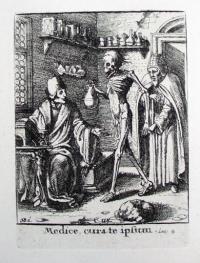
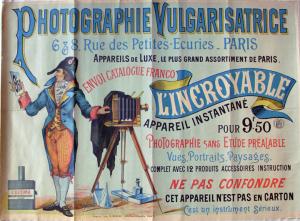
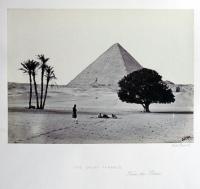
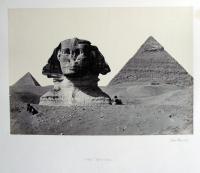
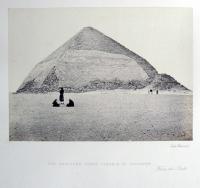
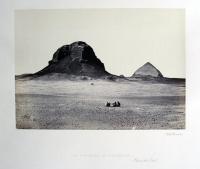
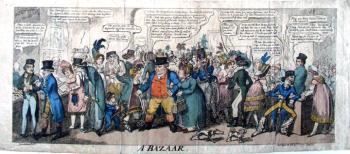
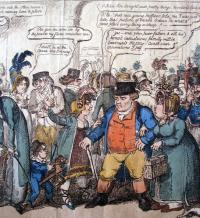

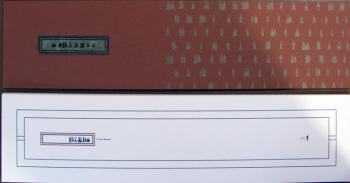
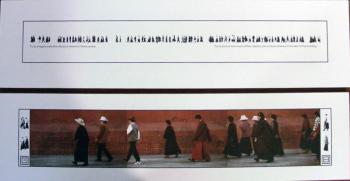
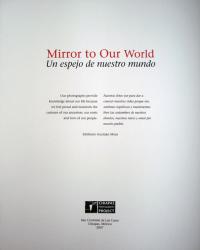
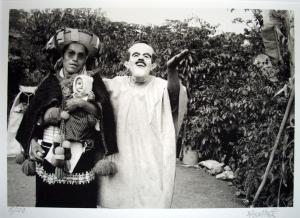
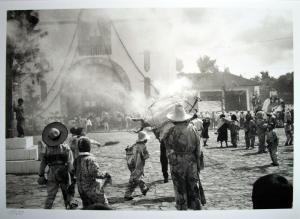
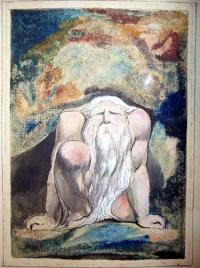
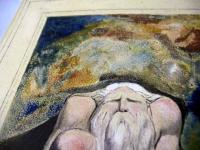
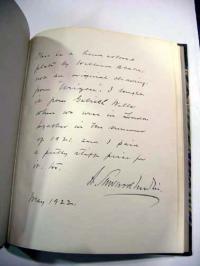
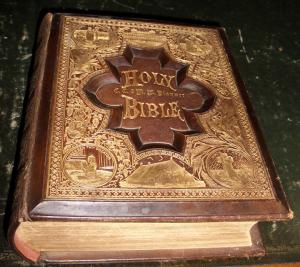
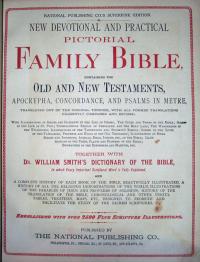
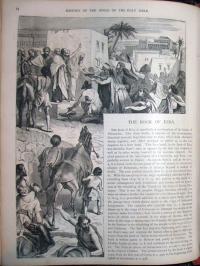
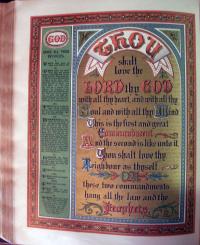
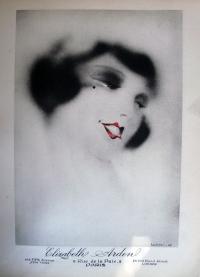
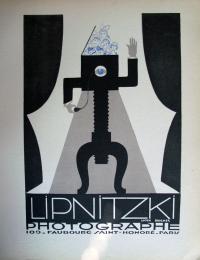
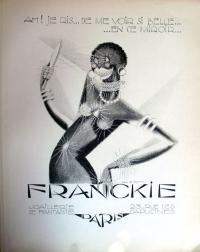
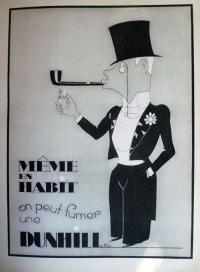
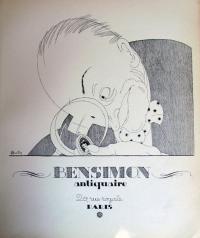
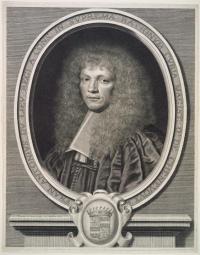
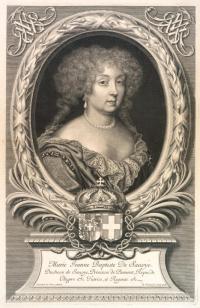
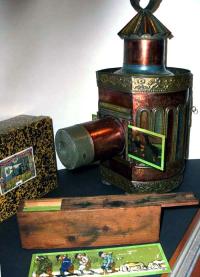
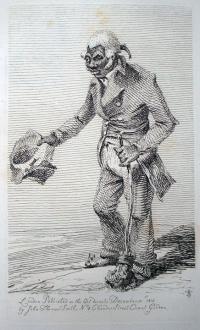
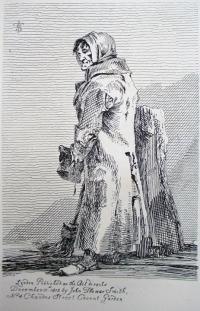
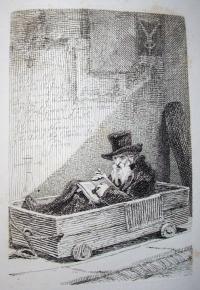
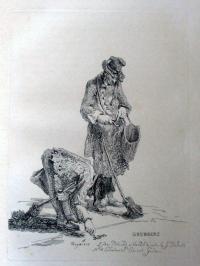
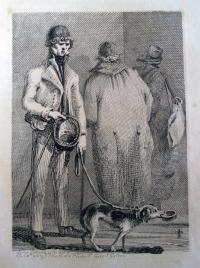
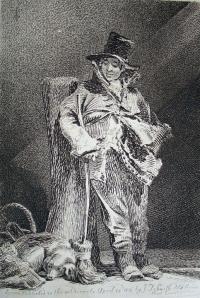
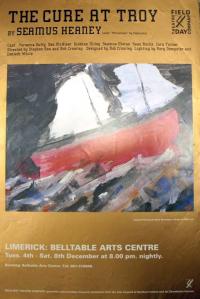
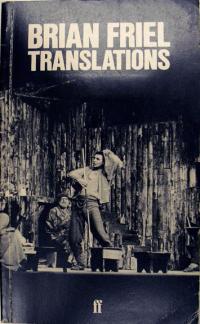
Recent Comments